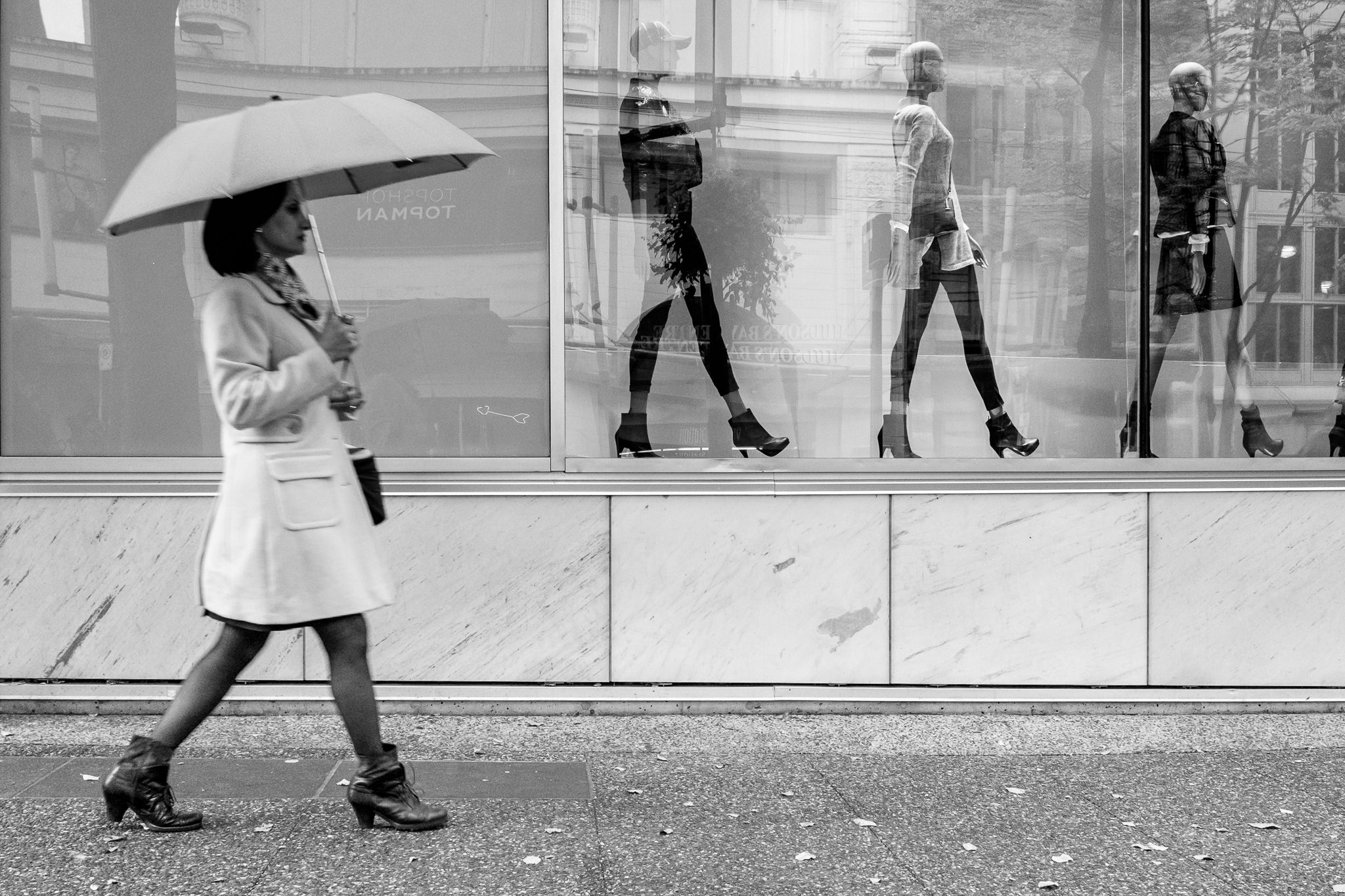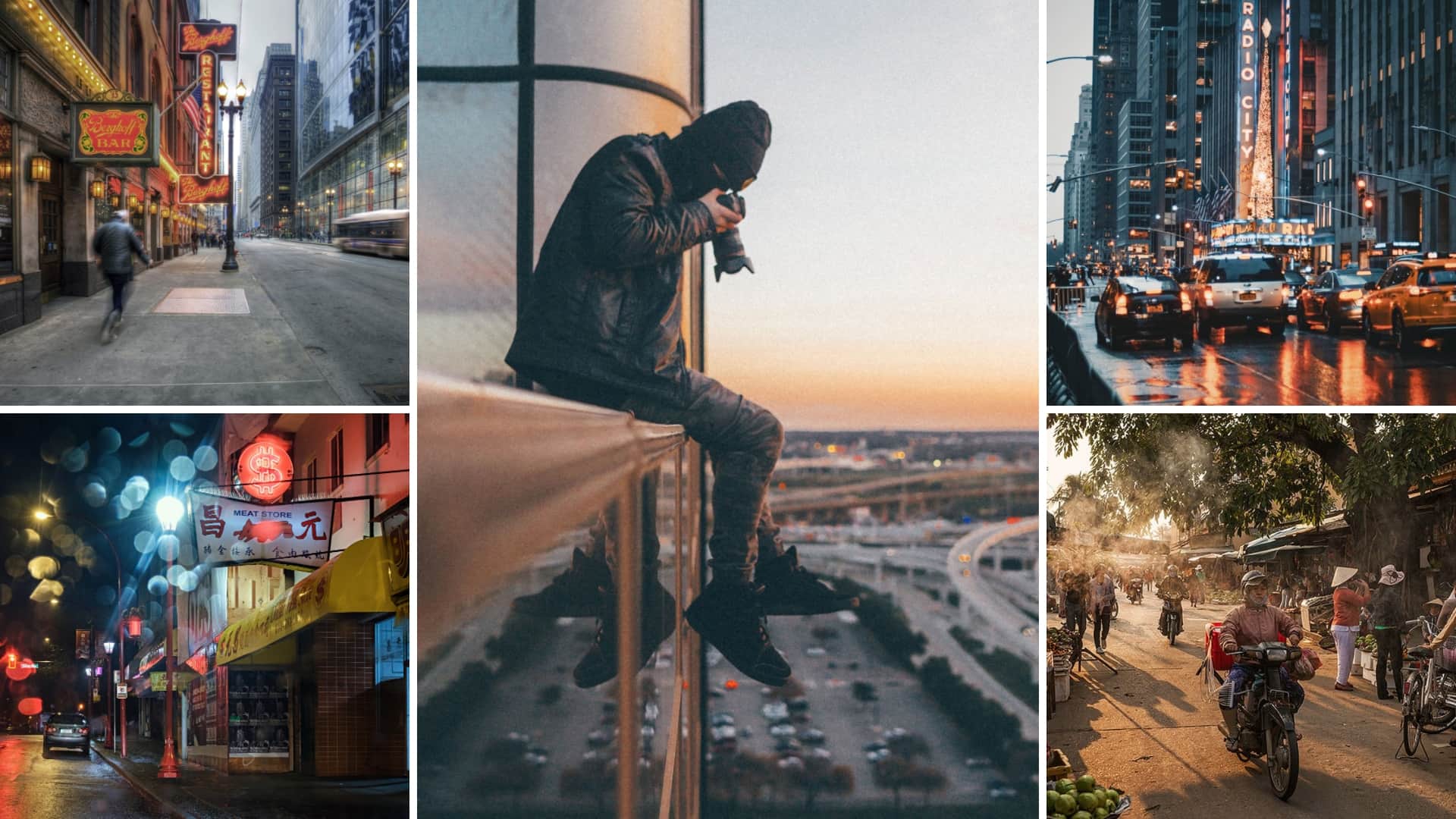Unknown Facts About Framing Streets
Unknown Facts About Framing Streets
Blog Article
All about Framing Streets
Table of ContentsHow Framing Streets can Save You Time, Stress, and Money.The Main Principles Of Framing Streets Framing Streets for BeginnersThe Facts About Framing Streets RevealedNot known Facts About Framing StreetsFascination About Framing Streets
Digital photography category "Crufts Pet dog Program 1968" by Tony Ray-Jones Street photography (also often called candid digital photography) is digital photography carried out for art or inquiry that includes unmediated possibility encounters and arbitrary occurrences within public areas, usually with the objective of capturing photos at a decisive or emotional moment by careful framework and timing. 
Subsequently his boots and legs were well defined, yet he lacks body or head, due to the fact that these remained in activity." Charles Ngre, waterseller Charles Ngre. https://anotepad.com/note/read/qd4qdia6 was the initial photographer to acquire the technical refinement required to sign up individuals in activity on the road in Paris in 1851. Photographer John Thomson, a Scotsman collaborating with journalist and social lobbyist Adolphe Smith, published Road Life in London in twelve regular monthly installations beginning in February 1877
The Main Principles Of Framing Streets
Eugene Atget is regarded as a progenitor, not because he was the very first of his kind, however as a result of the popularisation in the late 1920s of his record of Parisian roads by Berenice Abbott, that was inspired to take on a similar documents of New york city City. [] As the city established, Atget assisted to promote Parisian streets as a worthy topic for digital photography.

Excitement About Framing Streets
The chief Mass-Observationists were anthropologist Tom Harrisson in Bolton and poet Charles Madge in London, and their very first report was generated as guide "May the Twelfth: Mass-Observation Day-Surveys 1937 by over 2 hundred observers" [] Window reference cleaner at Kottbusser Tor, Berlin, by Elsa Thiemann c. 1946 The post-war French Humanist Institution photographers found their subjects on the street or in the bistro. Andre Kertesz.'s extensively appreciated Images la Sauvette (1952) (the English-language edition was entitled The Decisive Moment) advertised the concept of taking a photo at what he called the "crucial minute"; "when kind and web content, vision and make-up combined into a transcendent whole" - 50mm street photography.
Excitement About Framing Streets
, after that an educator of young youngsters, associated with Evans in 193839.'s 1958 book,, was significant; raw and commonly out of emphasis, Frank's images examined mainstream digital photography of the time, "challenged all the formal guidelines laid down by Henri Cartier-Bresson and Walker Evans" and "flew in the face of the wholesome pictorialism and sincere photojournalism of American magazines like LIFE and Time".
Report this page